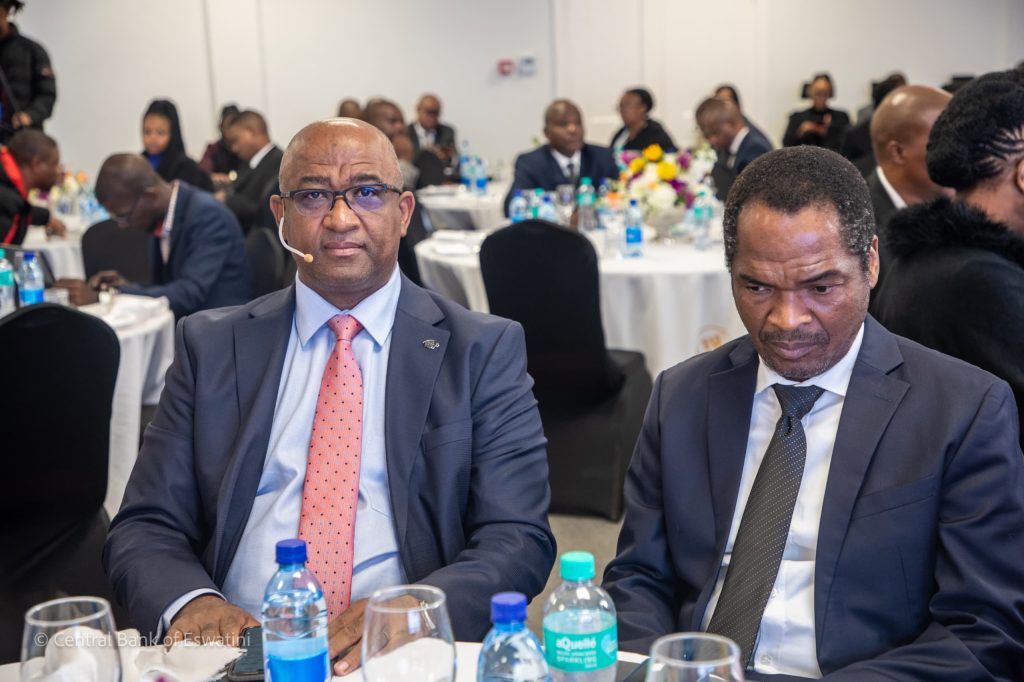
The Governor of the Central Bank of Eswatini (CBE), Dr. Phil Mnisi, has announced that Eswatini is set to migrate low-value cross-border transfers to a new regional payment system by 2027, marking a significant step toward financial integration within the region.
This development was revealed during his presentation of the 2025 Annual Governor’s Monetary Policy Statement held at the CBE Ezulwini Complex on 22 May 2025.
The CBE issued a directive to payment service providers routing low-value cross-border electronic funds transfer transactions and receiving cross-border electronic funds transfer transactions from the Common Monetary Area (CMA).
The directive is aimed at enhancing the transparency, efficiency, and cost-effectiveness of cross-border payments for consumers and businesses. It will ensure these transactions are processed through a retail payment system specifically designed for low-value transfers.
The transition is expected to have far-reaching implications for financial inclusion and trade facilitation in Eswatini. Low-value cross-border payments are typically used by small traders, migrant workers, and families sending remittances.
Mnisi revealed that the CBE has collaborated with the Ministry of Finance and the Eswatini payments industry to draft regulations to operationalize the National Payments System Act, 2023. The draft regulations were submitted to the Ministry of Finance for the standard promulgation process, to establish them as legitimate secondary legislation.
As part of its modernization agenda, the Bank is implementing the Eswatini Payments Switch (EPS) project, which features Fast Payments, Open Banking, card-based Point of Sale (POS), and Automated Teller Machine (ATM) modules.

The EPS facilitates near real-time payments in its first phase. It will introduce third-party service providers in the second phase, followed by domestic card-based transaction switching in the final two phases.
As part of the phased implementation, the Fast Payments Module went live in December 2024 with three out of eight participants. The fourth and fifth participants joined in February and March of 2025, respectively.
However, challenges such as technical standard misalignment and vendor-related delays have slowed progress. The remaining three participants are finalizing testing, and the final institution is expected to go live by the end of June 2025.
